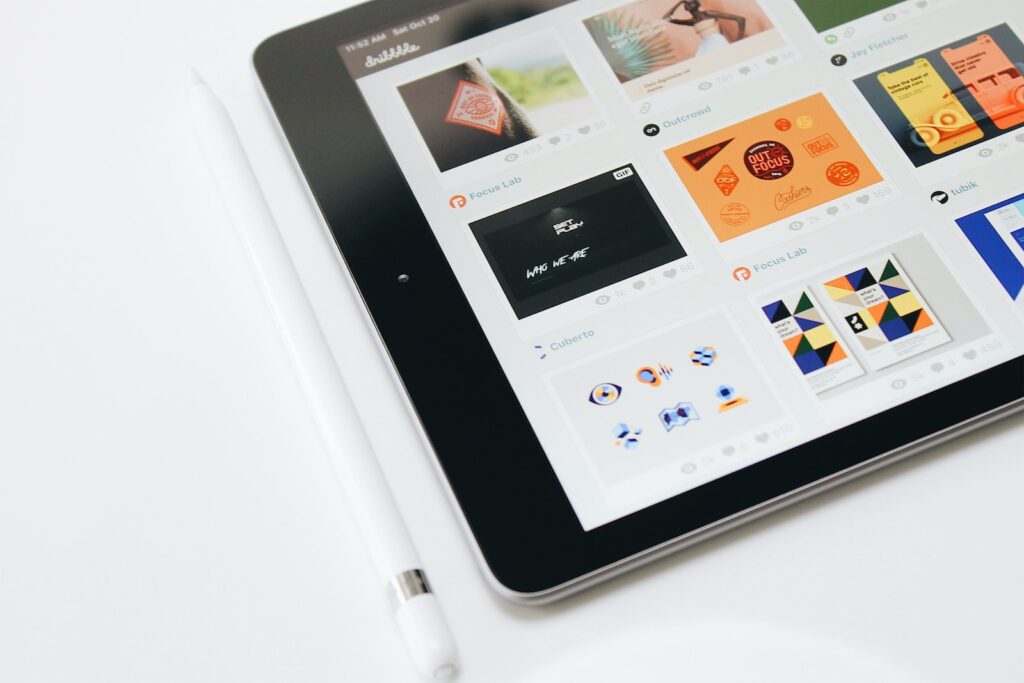Brand Identity vs. Brand Image: Understanding the Difference for Business Success
Navigating the world of branding can be a daunting task for businesses. Terms like “brand identity” and “brand image” often get tossed around interchangeably, yet they represent distinct concepts that are crucial for a company’s overall success. Understanding the differences between these two aspects of branding can lead to more effective marketing strategies and stronger customer relationships. Let’s explore how brand identity and brand image differ and why this understanding is vital for business success. Defining Brand Identity Brand identity encompasses the visual and verbal elements that a company uses to present itself to the world. Think of it as the personality of your brand—everything from your logo and color palette to your typography, messaging, and overall style. Brand identity aims to communicate your brand’s core values and mission clearly and consistently. Creating a strong brand identity involves more than just design; it reflects your company’s philosophy and connects with your target audience on a deeper level. For example, Apple’s minimalist logo and sleek product design convey innovation and simplicity, which resonates with its tech-savvy customers. When a brand identity is well-crafted, it helps to differentiate a business from its competitors and establishes a solid foundation for marketing efforts. Understanding Brand Image Brand image, on the other hand, refers to how consumers perceive a brand based on their experiences and interactions. It’s the impression that people have when they hear your brand name, see your logo, or use your products or services. Unlike brand identity, which is crafted by the business, brand image is shaped by public perception, reviews, and overall customer experiences. A positive brand image can enhance customer loyalty and trust. For instance, when consumers think of Nike, they often associate the brand with high-performance athletic wear and motivational slogans. This perception is built over time through consistent messaging, endorsements, and user experiences. However, a negative brand image can be detrimental, leading to decreased sales and tarnished reputations. Therefore, actively managing brand image is crucial for long-term business success. Key Differences Between Brand Identity and Brand Image Understanding the differences between brand identity and brand image can help businesses develop more effective strategies. Here are some key distinctions: Creation vs. Perception: Brand identity is created by the company through design and messaging, while brand image is shaped by how consumers perceive that identity. Control: Companies have direct control over their brand identity, allowing them to craft it according to their vision. In contrast, brand image is largely out of a company’s control, as it is influenced by customer experiences and external factors. Focus: Brand identity focuses on the visual and emotional aspects that a business wants to convey, while brand image emphasizes the consumer’s perception and feelings toward that brand. Timeframe: Brand identity is typically established during the initial stages of a business and remains relatively stable. Brand image, however, can change over time based on market trends, customer experiences, and company actions. The Importance of Aligning Brand Identity and Brand Image For a business to thrive, aligning brand identity with brand image is essential. A mismatch can lead to confusion and distrust among consumers. For instance, if a brand positions itself as luxury and premium but delivers low-quality products, consumers may feel misled, resulting in a negative brand image. To achieve alignment, companies should: Conduct Regular Assessments: Regularly assess customer feedback, reviews, and social media mentions to gauge brand image. This information can highlight areas for improvement and inform branding strategies. Consistent Messaging: Ensure that all marketing materials reflect the brand identity accurately. Consistency across various platforms strengthens brand recognition and helps build trust. Engage with Customers: Actively engage with customers through social media, surveys, and feedback forms. Understanding their perceptions can guide branding efforts and help identify any discrepancies between brand identity and image. Adapt and Evolve: Be willing to adapt your brand identity based on changing consumer preferences and market trends. While maintaining core values is essential, flexibility can enhance brand image and relevance. Conclusion Understanding the difference between brand identity and brand image is crucial for any business looking to succeed in today’s competitive landscape. While brand identity lays the groundwork for how a company presents itself, brand image shapes how consumers perceive that brand. By creating a strong brand identity and ensuring it aligns with the desired brand image, businesses can foster customer loyalty, enhance trust, and ultimately drive sales. Keeping a pulse on both aspects will allow companies to navigate the complexities of branding effectively and secure a position of success in their industry. Embrace the journey of building a brand that resonates with your audience, and watch your business flourish.
Brand Identity vs. Brand Image: Understanding the Difference for Business Success Read More »





